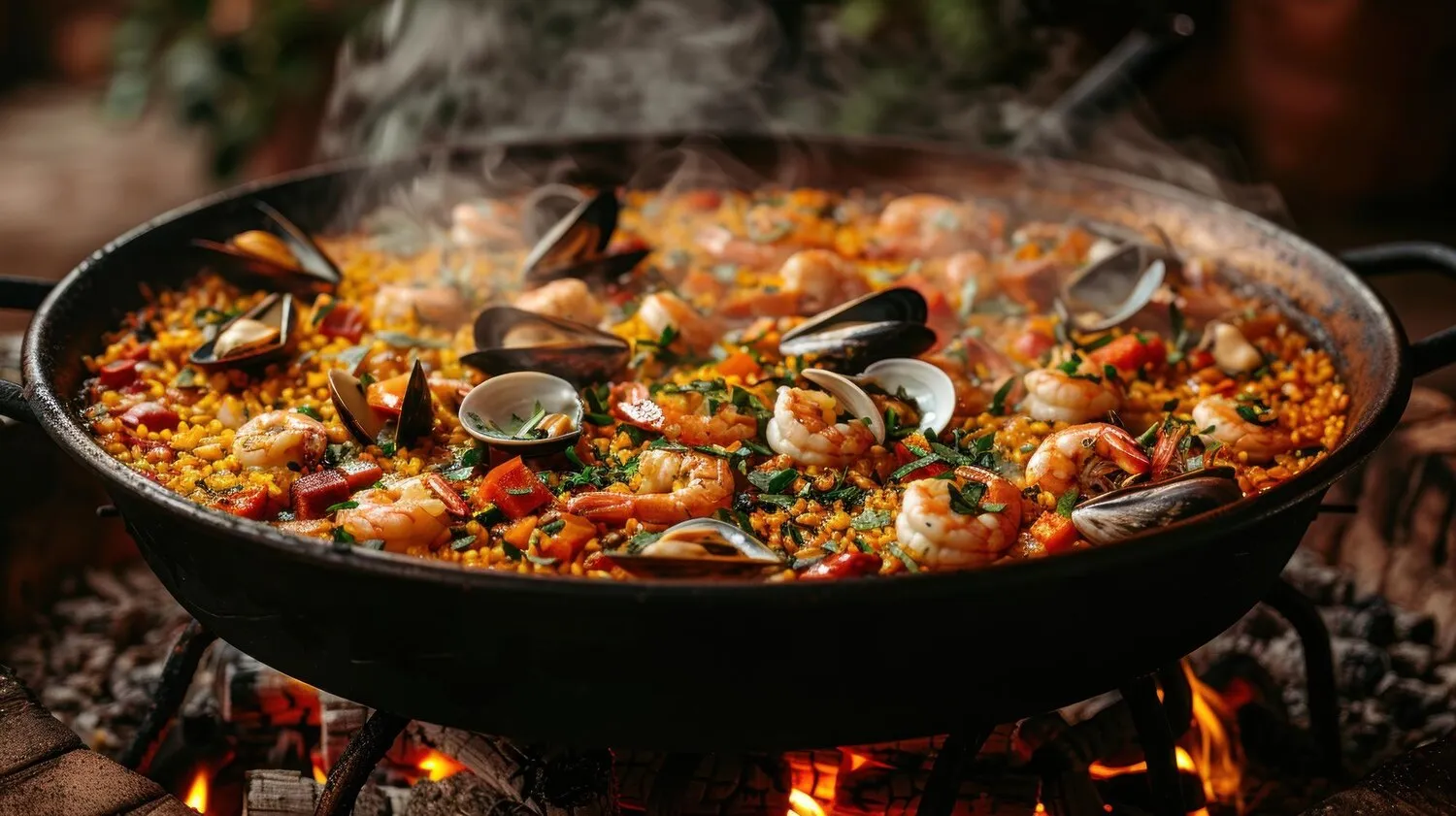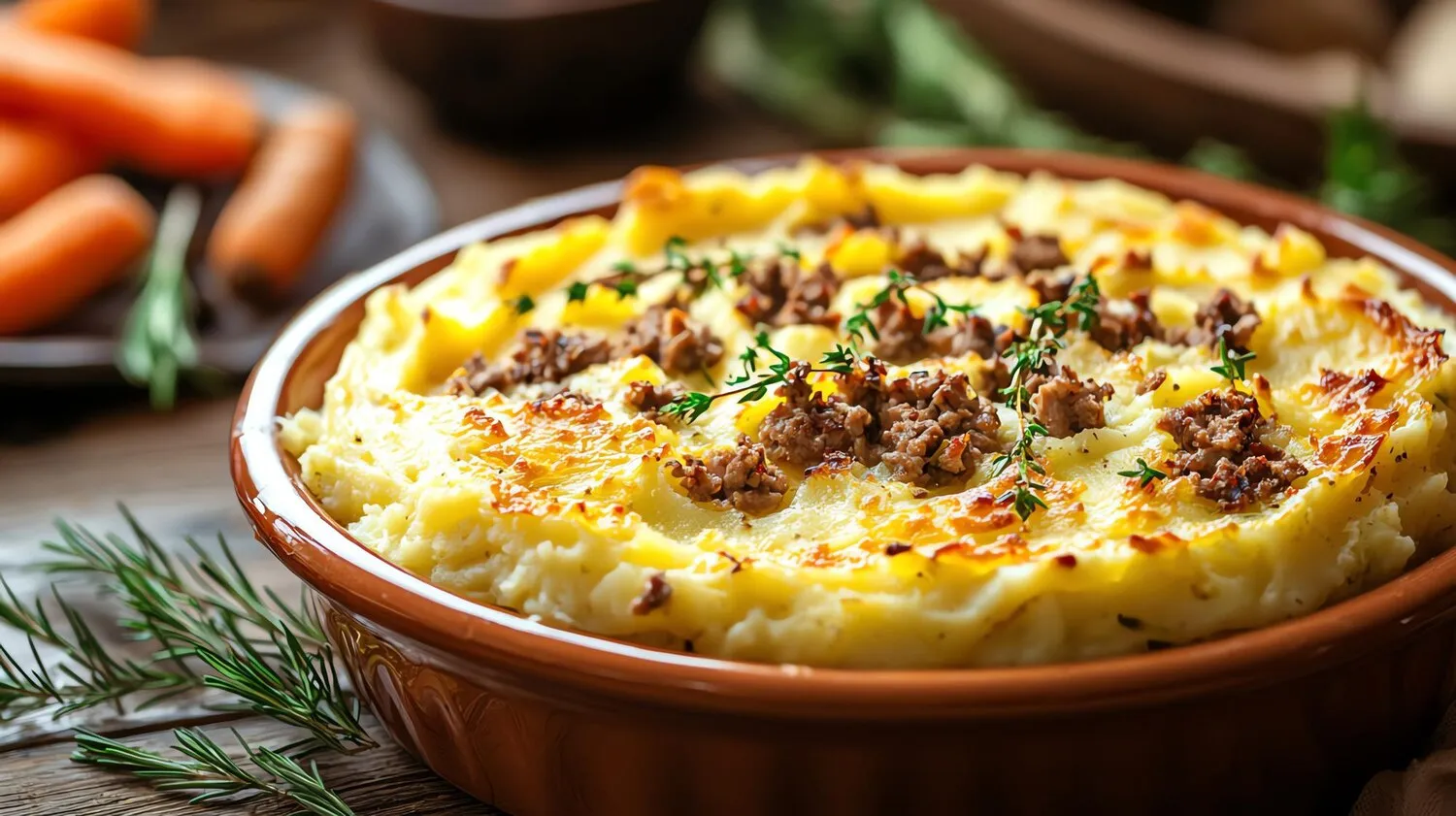
Pimientos Rellenos
Stuffed peppers, a classic Spanish dish.
Nutrition Facts
* The % Daily Value (DV) tells you how much a nutrient in a serving of food contributes to a daily diet. 2,000 calories a day is used for general nutrition advice.
The history of Pimientos Rellenos reflects the broader culinary history of Spain, shaped by Roman influences (use of peppers), Moorish influences (use of spices), and later, the introduction of New World ingredients like tomatoes and peppers following the Columbian Exchange. The dish evolved regionally, incorporating local ingredients and cooking styles.
Pimientos Rellenos are a classic dish found throughout Spain, particularly in the northern regions like the Basque Country and Navarra. They are often served as a tapa, a main course, or as part of a larger meal. The dish represents a celebration of local ingredients and traditional cooking methods.
Regional Variations
Different regions of Spain have their own unique versions of Pimientos Rellenos, reflecting the availability of local ingredients and culinary traditions. For instance, Pimientos del Piquillo, small, sweet peppers from Navarra, are often stuffed with seafood or meat.
Family Tradition
The preparation of Pimientos Rellenos is often a family affair, with recipes passed down through generations. Each family may have their own secret ingredient or technique that makes their version unique.
Tapas Culture
In many parts of Spain, Pimientos Rellenos are a popular tapa, enjoyed with a glass of wine or beer. They are a social food, meant to be shared and enjoyed with friends and family.
Pimientos Rellenos offer a savory and often slightly sweet flavor profile. The stuffing, typically a blend of meat, rice, and vegetables, provides a rich and satisfying taste, balanced by the sweetness of the roasted peppers.
The dominant flavors come from the roasted bell peppers, which can range from sweet to slightly smoky. The filling usually features ground meat (beef, pork, or a combination), rice, onions, garlic, and tomatoes. Herbs and spices such as parsley, paprika, and sometimes cumin add depth and complexity. Some regional variations incorporate chorizo, cheese, or seafood into the filling, further enhancing the flavor profile.
Pepper Selection
Choose firm, unblemished bell peppers of uniform size for even cooking. Roasting the peppers until the skin is slightly charred enhances their flavor and makes them easier to peel.
Filling Consistency
Avoid overfilling the peppers, as the filling may expand during baking. Make sure the filling is moist but not too wet, to prevent the peppers from becoming soggy.
Baking Temperature
Bake the Pimientos Rellenos at a moderate temperature (around 350°F/175°C) until the peppers are tender and the filling is heated through. Basting the peppers with olive oil or tomato sauce during baking helps to keep them moist and flavorful.
Resting Time
Allow the Pimientos Rellenos to rest for a few minutes after baking before serving. This allows the flavors to meld together and makes them easier to handle.
Explore additional Main Dish dishes and restaurants
Explore Main DishDiscover top dining spots and culinary experiences in Logroño.
Explore LogroñoLearn more about the food culture, restaurant scene, and culinary heritage of Spain.
Explore Spain
